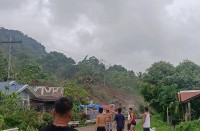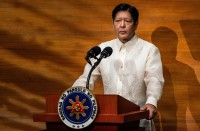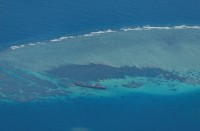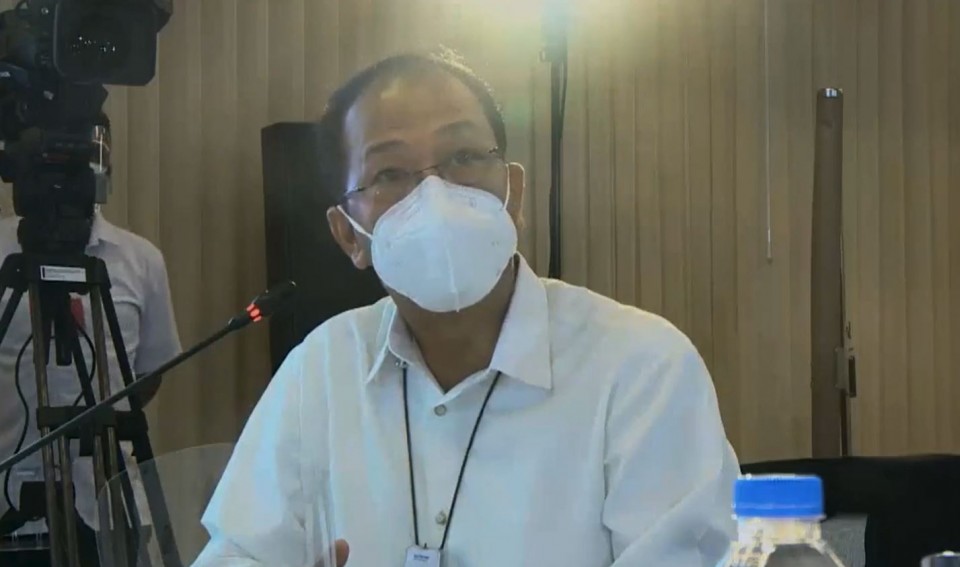
(Eagle News) — The COVID-19 vaccines that the Philippines will acquire will first be given to areas with a high concentration of virus cases, and then to the poor and most vulnerable sectors of that region, including the front liners and first responders.
COVID-19 vaccine czar Carlito Galvez Jr., said that 60 million Filipinos are targeted for the vaccine distribution and this is meant to lead to the “herd immunity” of the entire population.
Of this, 35 million are already identified.
Galvez said that they already have a list of these 35 million initially targeted for vaccination, including health care workers, police, military, essential workers, those working in government agencies like the Department of Social Welfare and Development (DSWD) and the Department of Education (DepEd) and those in poor communities
“Mayroon na po tayong listahan na more than 35 million na Filipinos ang nasa priority listings. Iyon po ay ibinigay ng ating Department of Health base rin po sa guidance ng ating mahal na Presidente,” Galvez said in a press briefing on Wednesday, Nov. 25.
“So, ang pinakauna nga po is health care workers at saka ang mga frontliners. Kasama po sa mga frontliners pong ito ang mga pulis, sundalo, at saka iyong ating mga servicemen. Kasama rin po dito ang mga essential workers ng DSWD, DepEd, at saka iyong ating mga government agencies at ang tinatawag po nating mga vulnerable communities at saka mga indigents, Ang mga poor communities priority rin po iyon,” he said.
Health Secretary Francisco Duque III that the 60 million Filipinos once vaccinated will most likely achieve the result of “herd immunity” for the country.
-How herd immunity works-
According to the World Health Organization, “‘herd immunity’, also known as ‘population immunity’, is a concept used for vaccination, in which a population can be protected from a certain virus if a threshold of vaccination is reached.”
“Herd immunity is achieved by protecting people from a virus, not by exposing them to it,” WHO said.
Duque is confident that once the vaccination of 60 million people is achieved, COVID-19 could be eliminated in the country.
“Ang herd immunity po, Mr. President, is anywhere from 60 to 70 percent according to the World Health Organization. So if we’re able to reach that, we’re going to pretty much arrest the spread of this and mawawala ‘yung COVID-19 sa atin pong lipunan,” he told Duterte in a recent meeting during the President’s “Talk to the Nation” on Nov. 23.
“Can we have a herd immunity there?” Duterte asked.
“ Yes, sir. We will have a herd immunity. That’s our goal, mga 60 to 70 percent po,” he said.
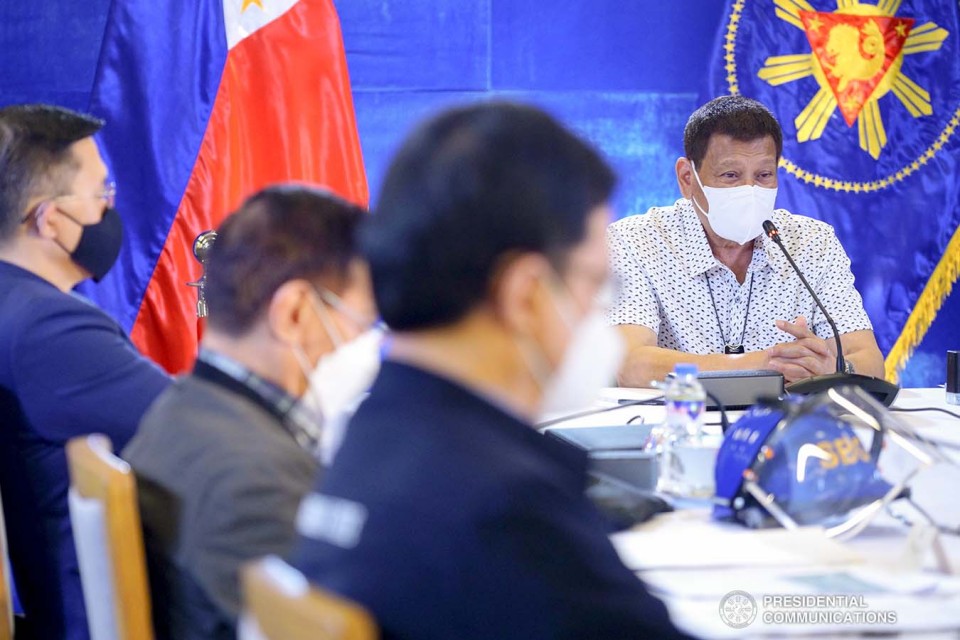
.
The number of 60 million people is already 60 to 70 percent of the country’s population, he said. Philippines 2020 population is estimated at 109,581,078 people at mid year according to United Nations data.
How does herd immunity work with mass vaccination of COVID vaccines.
“With the vaccine, we can achieve herd immunity safely,” said WHO’s Chief Scientist, Dr Soumya Swaminathan.
WHO explains it this way: “Vaccines train our immune systems to create proteins that fight disease, known as ‘antibodies’, just as would happen when we are exposed to a disease but – crucially – vaccines work without making us sick. Vaccinated people are protected from getting the disease in question and passing it on, breaking any chains of transmission.”
-Geographical, sectoral targets
Philippine COVID vaccine czar Galvez said that they are already in talks with four vaccine developers who can provide vaccines to the country. He said that these vaccines might be coming in by year end at the earliest or by next year at the latest.
Galvez said that they will target these regions initially: Metro Manila, Calabarzon (Region 4-A), Central Luzon, (Region 3), Cebu, Davao and Cagayan de Oro.
He said that they have to target these areas with high COVID-19 incidence so that the vaccines’ effectiveness could be determined.
After this, the next strategy is to target the sectors which are the most vulnerable, prioritizing the poor and the frontliners or first responders.
Galvez said that they once a large number of the population is vaccinated in these urban centers where the virus transmission is at its highest, then the economy will further move forward.
“Para ang mangyari po ay magkaroon ng normal na buhay iyong mga centers na ito at ang ating ekonomiya ay umusad po kasi nakita po natin napakalaki po ng epekto sa ekonomiya ng virus,” the vaccine czar explained.
“So, iyon po ang gagawin natin. Una muna geographical in order to contain and achieve full recovery; secondly, iyong sectoral para at least we comply with the guidance of the President, unahin natin ang health care workers, ang mga pulis, at saka ang mga sundalo at ang mga vulnerable communities,” he said.
-Mass vaccination to start next year or early 2022-
Galvez also said that this mass vaccination can start by the middle of next year. The worst case scenario is a start of early 2022
Vaccination will be done in a span of three to five years, Galvez said, with around 20 to 30 million to be vaccinated a year.
“Kasi ang gagawin po natin dito, iyong sa vaccination po natin, more or less 60 to 70 million, we will do this in three to five years period Kasi po ang kaya nating ma-vaccinate is more or less 20 to 30 million a year, at the same tinitingnan po natin talaga rin na safe at saka effective na vaccine, kasi lahat po ng vaccine ngayon ay ongoing pa rin po ang trial,” he added.
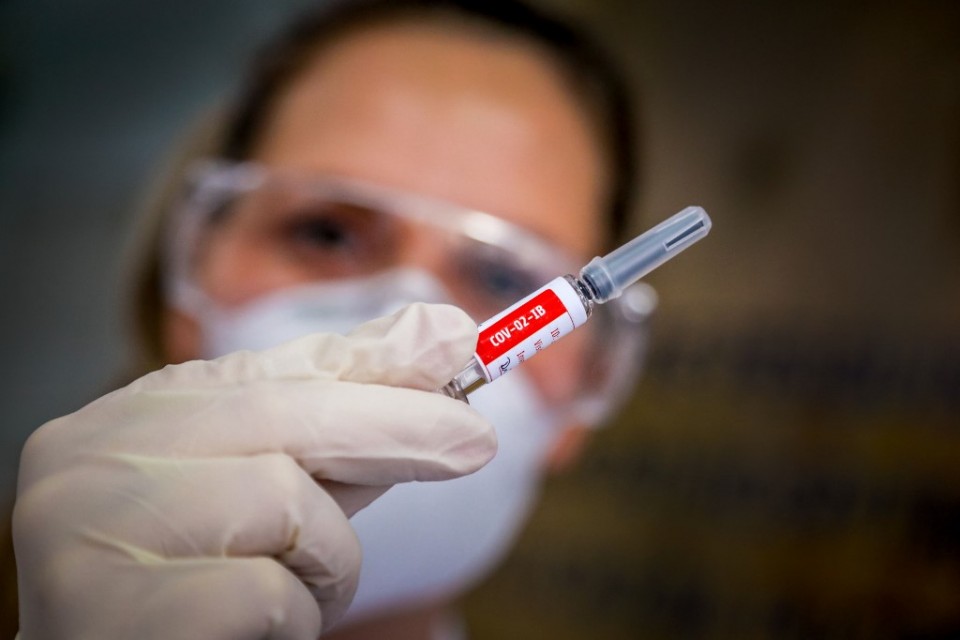
The Philippine government has already identified the means to purchase the vaccines, including multilateral and bilateral mechanisms, involving P73.2 billion in financing.
Galvez earlier said that five COVID vaccine developers have already applied so they could hold Phase 3 clinical trials here in the country.
(Eagle News Service)


